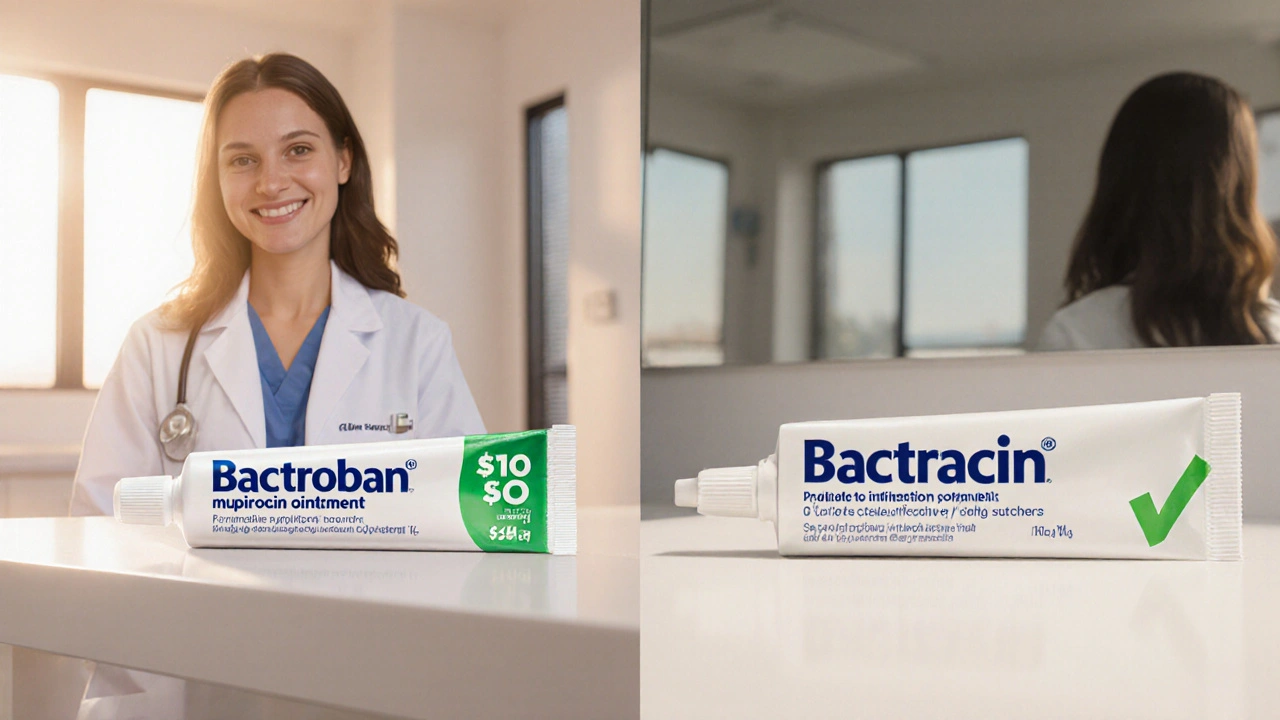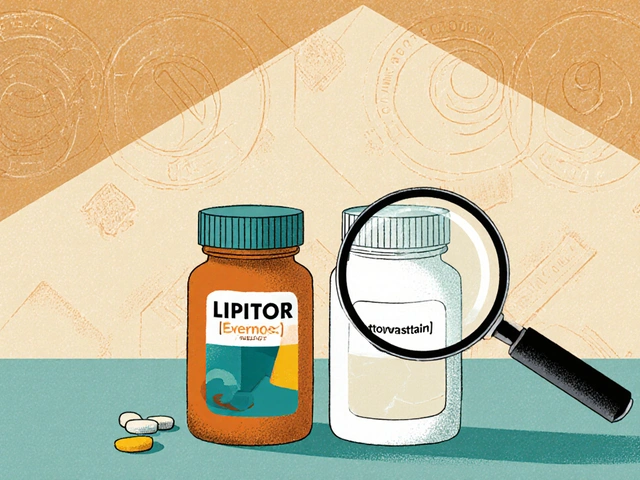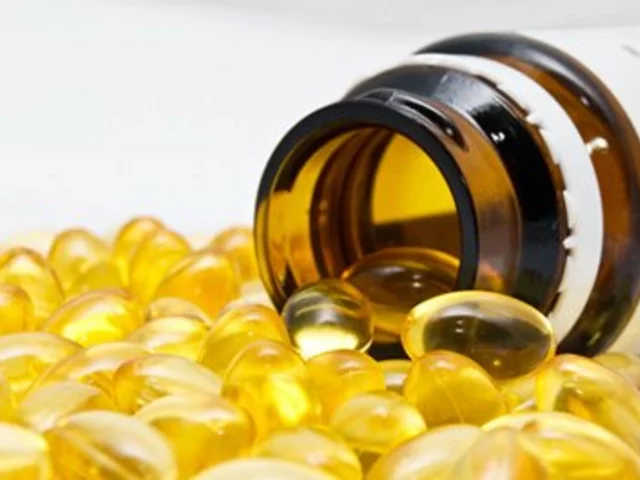Mupirocin: Uses, Side Effects, and Practical Tips
When working with Mupirocin, a prescription‑only topical antibiotic used to treat bacterial skin infections such as impetigo and infected cuts. Also known as Bactroban, it works by blocking bacterial protein synthesis, which stops the microbes from growing. Mupirocin is especially effective against Staphylococcus aureus, including some methicillin‑resistant strains (MRSA). It’s a go‑to option when doctors need a fast‑acting cream that reaches the infection site directly, and it’s commonly prescribed by dermatologists and primary‑care physicians.
Related Treatments and Why They Matter
Besides Mupirocin, there are a few other topical antibiotics you might hear about: Bacitracin, a zinc‑based ointment often paired with neomycin in the classic triple‑antibiotic cream; and Neomycin, which targets a broader range of bacteria but carries a higher risk of allergic contact dermatitis. Understanding these alternatives helps you and your doctor pick the right product for the specific infection you’re fighting. For example, if you’ve had a reaction to neomycin in the past, a doctor may steer you toward Mupirocin because it generally has a lower allergy rate.
One major concern with any antibiotic, including Mupirocin, is antibiotic resistance. Overuse or misuse can give bacteria a chance to adapt, making the drug less effective over time. That’s why clinicians practice antibiotic stewardship: they prescribe the shortest effective course, reserve stronger drugs for tougher cases, and educate patients on proper application. When you apply Mupirocin, follow the doctor’s directions—usually twice daily for five to ten days, even if the skin looks better early on. Skipping doses or stopping early can leave surviving bacteria to develop resistance, which may lead to harder‑to‑treat infections later.
In real‑world use, Mupirocin shows up in a range of scenarios. It’s the first line for impetigo, a contagious rash common in children that presents as honey‑colored crusts. It also helps treat small cuts, abrasions, and minor burns that become infected. In some cases, dermatologists use it after surgical procedures to prevent wound infection, especially when patients have a history of MRSA colonization. The drug’s safety profile is solid, but like any medication it can cause mild side effects—skin redness, itching, or a burning sensation at the application site. Severe reactions are rare but may include swelling, blistering, or widespread rash, which should prompt an immediate doctor visit.
Putting it all together, Mupirocin offers a focused, effective way to knock out common skin bacteria while keeping systemic side effects low. It works best when paired with good hygiene—cleaning the wound before applying the cream, washing hands afterward, and keeping the area covered if recommended. By understanding how Mupirocin fits into the broader landscape of topical antibiotics, resistance concerns, and dermatology practice, you can make informed choices and help your skin heal faster. Below you’ll find a curated collection of articles that dive deeper into related topics, from how to recognize early signs of skin infections to strategies for preventing antibiotic resistance in everyday health care.

- Sep 28, 2025
- Posted by Cillian Osterfield
Bactroban (Mupirocin) Ointment vs Topical Antibiotic Alternatives - Full Comparison
A detailed, side‑by‑side comparison of Bactroban (mupirocin) ointment and its main alternatives, covering effectiveness, cost, safety and real‑world usage tips.
Categories
- Health and Wellness (60)
- Medications (42)
- Health and Medicine (22)
- Pharmacy Services (11)
- Mental Health (5)
- Health and Career (2)
- Medical Research (2)
- Business and Finance (2)
- Health Information (2)
Latest Posts
©2025 heydoctor.su. All rights reserved





